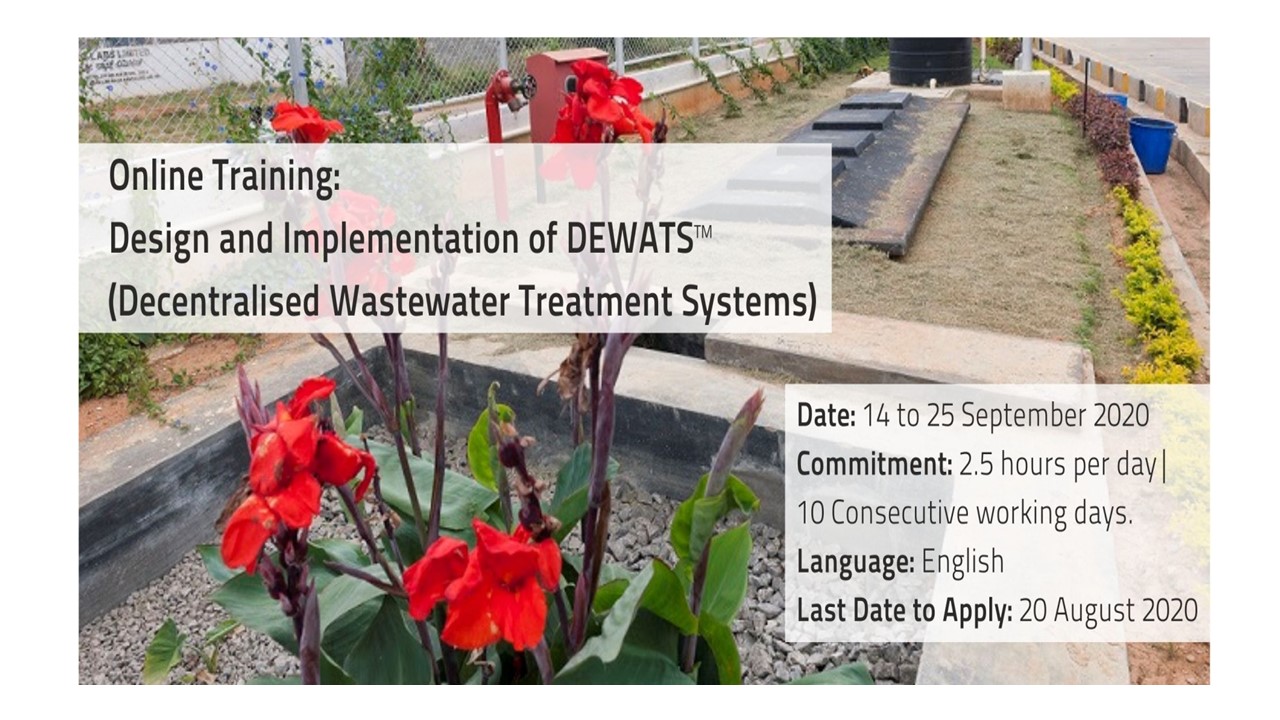/topics/wastewater
Wastewater
People in National capital territory of Delhi are far away from safe drinking water: Role of governance and civil society
Posted on 30 Apr, 2012 09:56 PMTreating waste water using natural substances: Sol gel immobilization of humic and fulvic acids using microfibrillated cellulose
Posted on 27 Apr, 2012 01:49 PMHumic acids and fulvic acids - Sol gel immobilization
Humic acids and fulvic acids have been known to remove heavy metals, toxins, viruses and other inorganic matter and convert them to organic matter. These acids can be obtained from dried cowdung by mild alkaline treatment and filtration.
Conference and call for papers on Decentralised Wastewater Management in Asia, IWA, BORDA, CDD, NEERI, November 20-23, 2012, Nagpur
Posted on 24 Apr, 2012 11:48 PMOrganisers: International Water Association(IWA), Bremen Overseas Research and Development Association(BORDA), Consortium For DEWATS Dissemination Society(CDD), National Environmental Engineering Research Institute (NEERI)
Venue: Nagpur, India




Precious Kaveri water down the drain; wasted to wash vehicles: Letter to the Chairman, Bangalore Water Supply and Sewerage Board
Posted on 23 Apr, 2012 12:47 PMDear Chairman BWSSB,
Depleting water resources in Thalassery, Kerala: Huge effort is required to address water supply and sewerage handling issues
Posted on 22 Apr, 2012 02:57 PMAuthor : Fazal Maliyakkal
The sanitation crisis in India - An urgent need to look beyond toilet provision
Posted on 18 Apr, 2012 12:14 PMGuest post by: Aarti Kelkar-Khambete
Image Courtesy: Wikimedia Commons
The sanitation crisis and the recent evidence on lack of toilet facilities
Toolkit for integrated urban water management, developed by Institute for Resource Analysis and Policy
Posted on 12 Apr, 2012 11:24 PMThe review included, but was not limited to urban hydrology, management of water supply infrastructure, water resources management, water quality management (WQM), groundwater management, technical and economic instruments for water demand management, technical and economic aspects of leakage reduction, environmental and economic aspects of wastewater treatment and reuse, storm water management
Climate change and water sources: Strengthening community preparedness and water use regulations hold the key
Posted on 10 Apr, 2012 10:34 AMAuthor : Neelima Garg
Water law in a globalised world - Philippe Cullet discusses the need for creating a new framework
Posted on 09 Apr, 2012 11:09 PM1. Introduction





